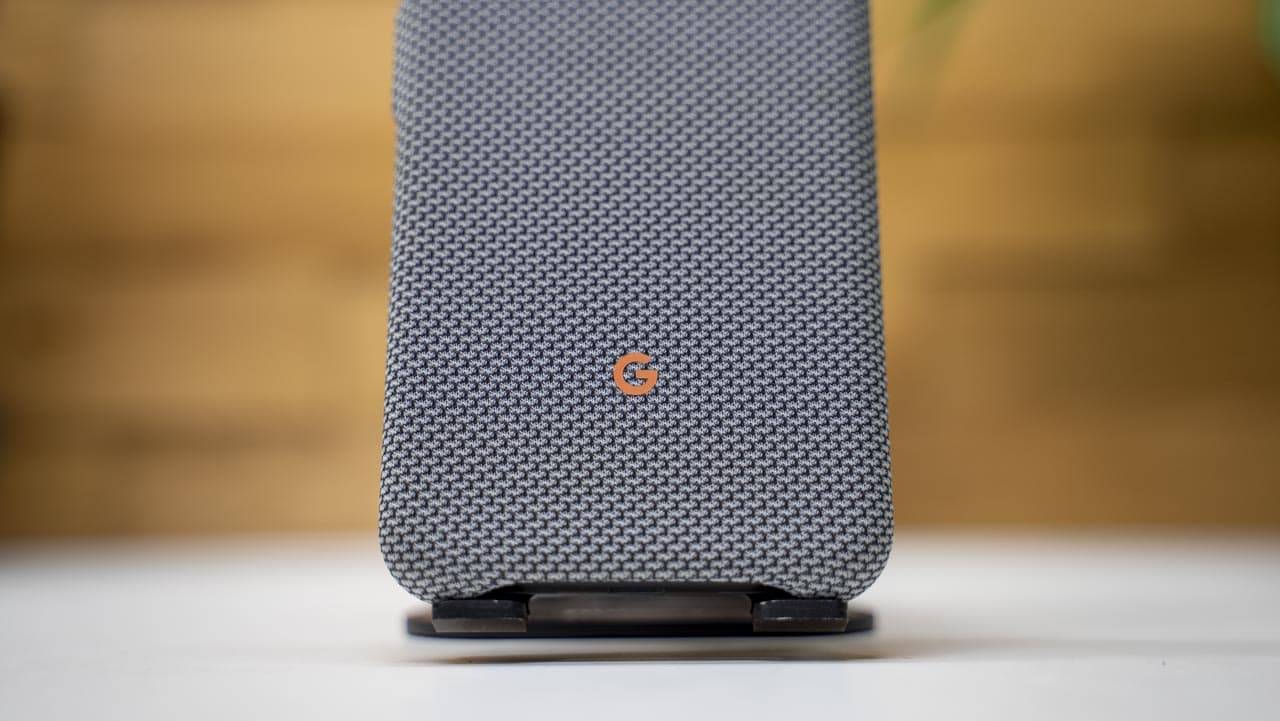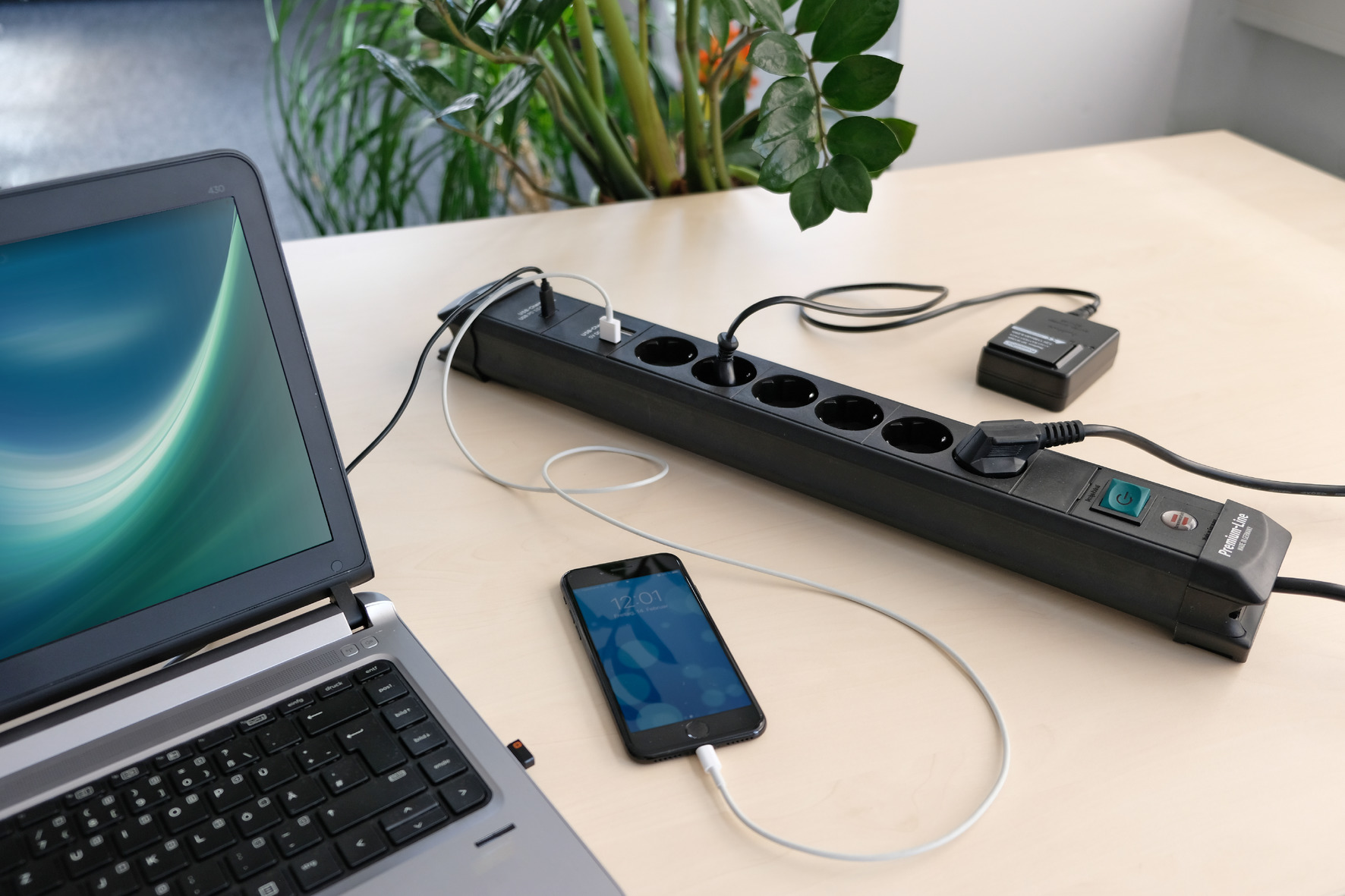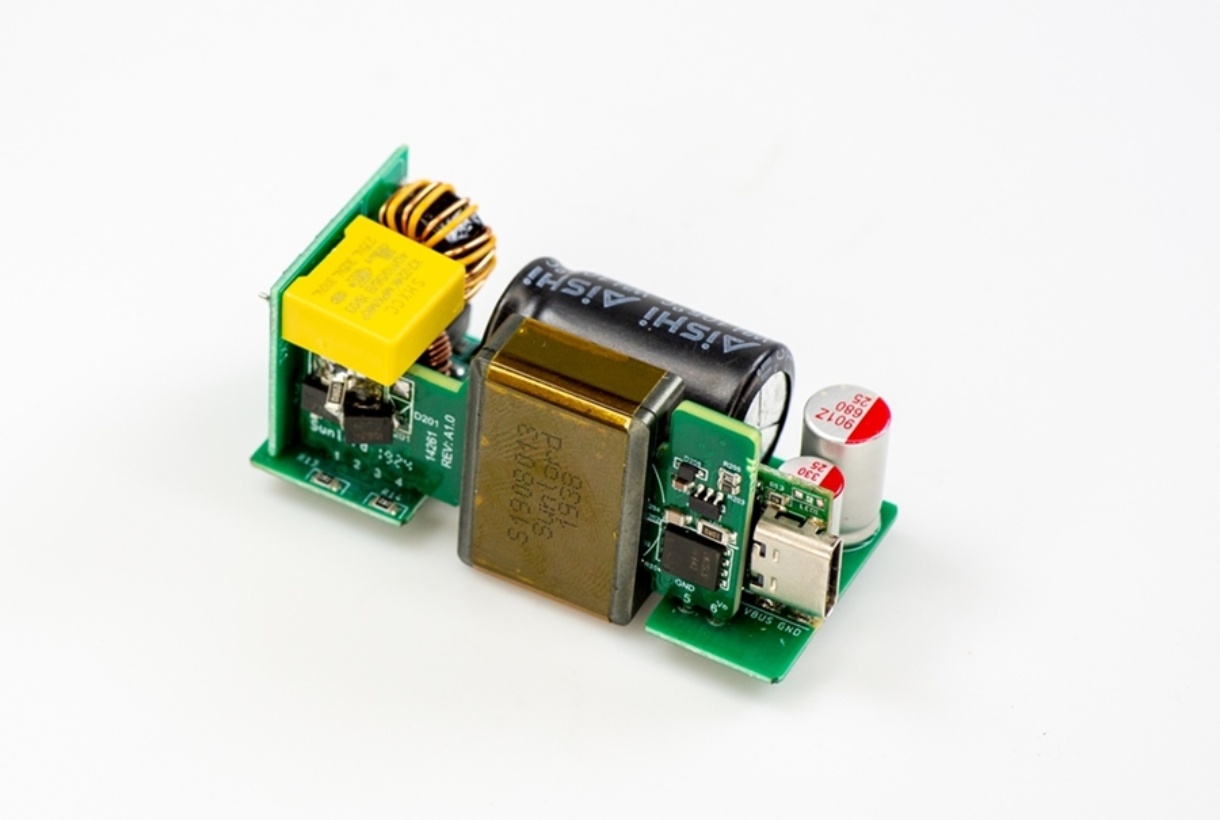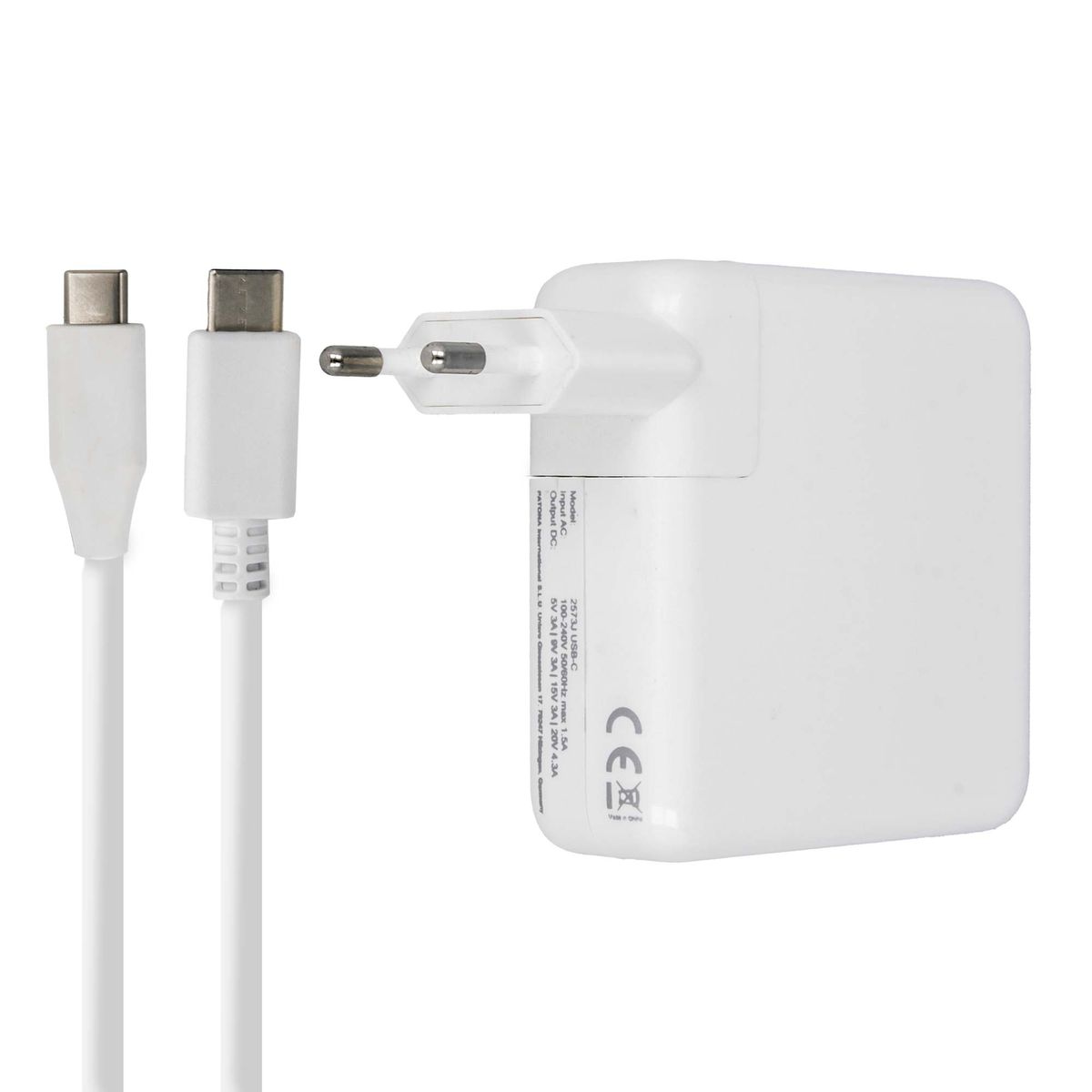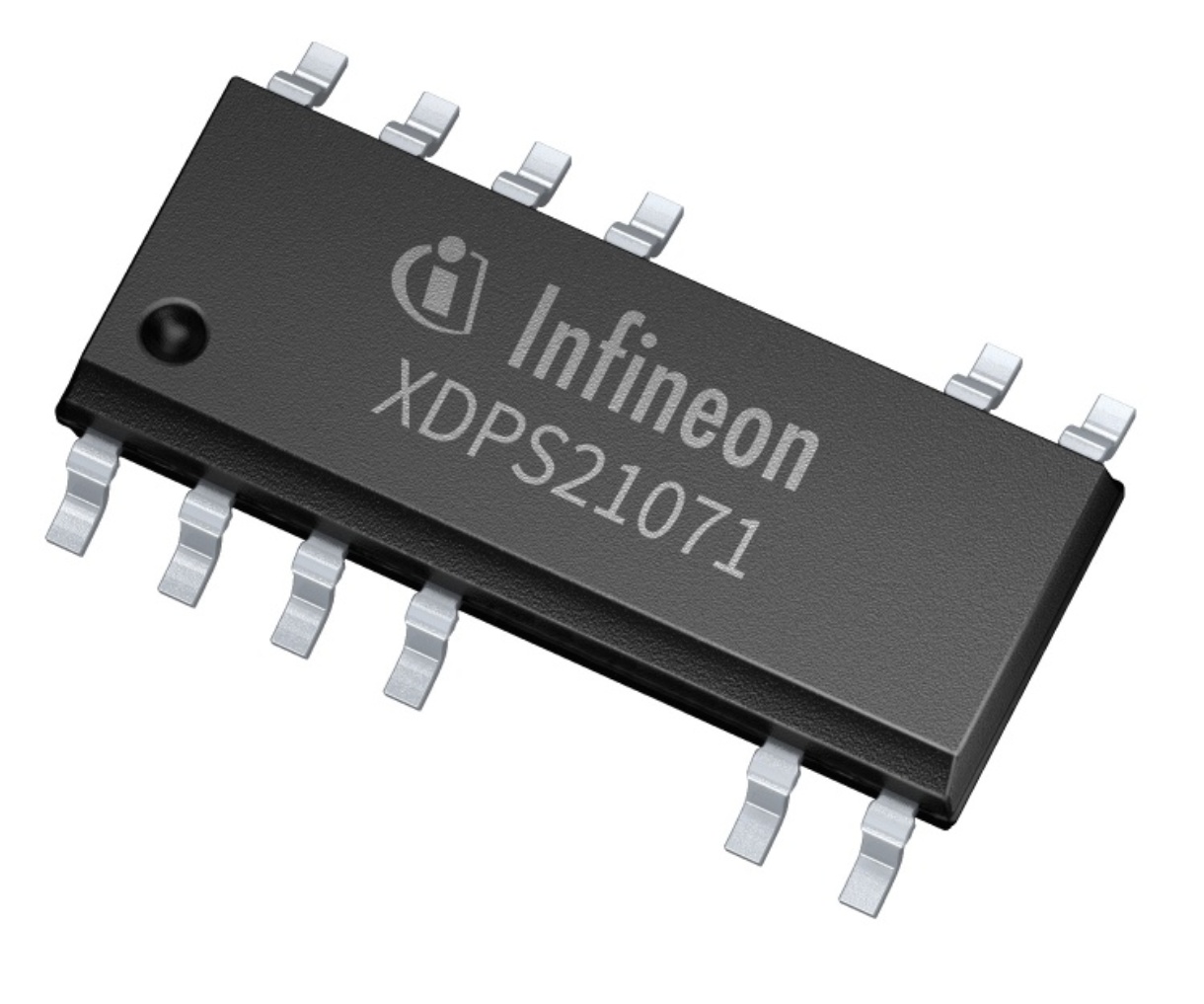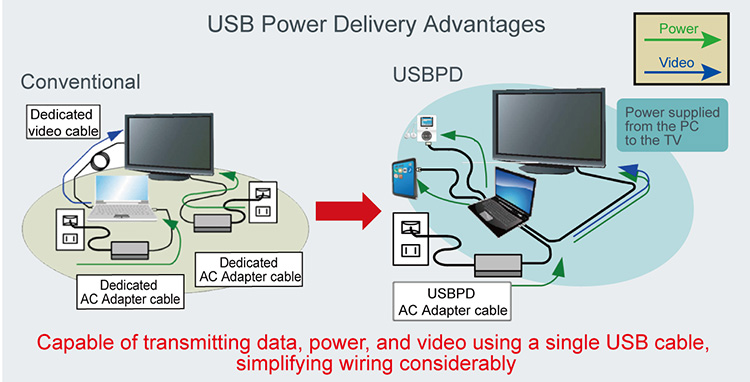All Things USB 3.1 And USB Type


1 Rev1 5 Gbps is called "SuperSpeed USB," and USB 3. Hurray for Alt Modes Additionally, USB Type-C can support DisplayPort as an Alternate Mode, as well as MHL and Thunderbolt 3 with Intel's new Alpine Ridge controller. For example, if a cable has a male Type-A port at one end with four terminals, it will work no faster than a USB 2. On-Camera Flash Photography• 4 monitor, projector or display• " Although many -- possibly, most -- applications of USB Type-C will involve USB one "Gen" or the other , the USB Type-C port design allows for additional features. The i Menu• In this manner, the unpowered dock continues to source V bus on its downstream ports while the Fast Role Swap takes place. When observing how the standard has evolved over the years, one can notice a distinct bias toward increasing the speed of data communications Fig. Power Delivery is designed to co-exist with standard USB Battery Charging implementations. Based on the enumeration, the host would either raise the power delivery to 2. This port and its connectors also work whichever way you plug them in. Scroll over until you find the column heading that says power. One universal USB PD will be able to power a wide variety of different devices. USB-C and Power Delivery are already on track to provide a universal charging solution for everything from phones to laptops thanks to broad industry adoption of the standard which takes the guesswork out of cable and charger compatibility. 1 specification absorbed USB 3. When thinking about USB ports and connectors, USB Type A likely comes to mind. Handshaking for power USB Power Delivery 2. Table of Contents Getting to Know the Camera• However, the easiest way is to examine the port on your PC. Even though you have a 1 Gbps NIC, you might run at 100 Mbps because the router or sever is using 100 Mbpg rather than 1 Gbps. Initially, these larger packets were added to allow firmware updates delivered over the PD channel, but their usage was extended into arenas such as security authentication , battery information, and other data. Using a standard USB-C cable, it can handle up to 60 W and will go up to 100 W using a full-featured USB Type-C ECMA cable. Who cares about all those details? USB-C and Power Delivery Situated on the face of our s are two new ports: USB-C and USB-C Power Delivery. The simplicity enabled by USB power delivery and the Type-C connector is being carried over into the design of USB controllers, too. Menu Guide• For decades, TI has been at the forefront of developing new process, packaging and circuit-design technologies to deliver the best power devices for your design. As described by the USB Implementors Forum, Fast Role Swapping is a new PD 3. Click on the one you want to check to highlight it. Second -- Confusion is going to be rampant, yes. 0 revision, but is backwards compatible with 2. It uses the structure defined in Chapter 9 of the USB Power Delivery Specification and extends it for use on other buses. A closer look at the specification One of the primary motivations behind the development of USB Power Delivery was to produce a single charging standard that could be used across all USB devices. Dumb language redactedshould be banned from creating standards, from causing the entire planet headaches and some need to pay with their lives for it. I think the USB-IF should have required the logos on any device utilizing the Type-C connector, not just for product packaging. optical preclude full 100 w power delivery? After a power loss, the sink must be monitoring V CC. Fortunately, there should be some Type-C hubs landing on the market sometime in the not-too-distant future. USB-C maximum charging rate without power delivery would be 15W. These logos and stamps can be used together, too. First, will there exist a Type-C cable that supports ALL the top features? The conditions under which the power supplied by external devices is used to power the camera or charge the battery are shown below. Rules are split into four target power categories; 7. A lot of the time a USB-A cable is plugged into the power source, and the other end of the cable will be one that matches the device using the power. Power flow only unidirectional: Power is limited from host to connected device. USB Power Delivery offers the following features:• After the charging device receives the signal, it will feedback a set of signals to the power bank if the device needs 5V, it will feedback a 5V signal, and if 9V is required, it will feedback a 9V signal………. A newly introduced PPS Programmable Power Supply protocol requires that a PPS-capable sink be able to request adjustments of source output voltage in increments as small as 20 mV. In this case, a Dual-Role-Data DRD port can act as a Downstream Facing Port DFP to advertize its supported power levels to the power supply. A Branding Issue You may have never even seen an OEM specify "Gen1" or "Gen2" in marketing materials mentioning USB 3. Again, this will only be supported if the controller behind the port supports it. Hence, if your laptop came with or uses a charger with that kind of a connector you already have a winner. That seems to be the way the motherboard manufacturers are going anyway. Together, these enable any externally powered peripheral to serve as a power source and hub for any host or devices connected to it. Therefore, when you see that branding, you can rest assured that it has passed the USB-IF's hundreds of tests. 1 Rev2 10 Gbps is called "SuperSpeed USB 10 Gbps. 99 until March 7, use code GIAKOJRK when buying the. When two USB-C PD enabled devices are plugged into each other, they first negotiate a power contract. In addition to faster charging, this USB standard enables both host and peripheral devices to provide power. Therefore, whether the host has a data rate of 5 Gbps or 10 Gbps doesn't matter -- the cable will support it. Partially, this is because the USB-IF uses specific branding to clarify which USB 3. However, this can lead to some issues as certain devices or cables are not compatible with other types of ports. 1, and they require USB PD to operate. Implementers should note that if they include battery charging capability in their devices or support for host adapters such as docks or ACAs they should also reference the. querySelectorAll "link, style". In order to clarify which is which and what is what, the USB-IF has turned to branding. For example, headsets can draw less power than external HDDs. Once you have purchased one, it requires just a simple connection to display the power information for the port. Allowing low-power devices to negotiate only the power that they require. When you see the above trident symbols encased in a battery icon, it means that those ports support Power Delivery. To achieve 8K resolutions, your source and your destination must support DisplayPort 1. Click on each display to determine what number each display is assigned to. The total available power capacity of the multiple ports is indicated to the user, and all ports on the charger are capable of delivering the same power rating. You could use your phone to power a hard drive over the same port used for charging, for example. Replacing Type-A and Type-B connectors with a single connector Type-C that supports bidirectional power flow. It also provides design flexibility with firmware that can be upgraded during product development, on the production line, or in the field. Corresponding type-A plugs are found in cables and small peripherals e. 1 cm] Material Plastic Cable Length 4. And with such a long running standard, it has been updated over the years with 2. To achieve 8K resolutions, your source and your destination must support DisplayPort 1. They are not very expensive, so I have several and the connector cover all the USB connectors. With HDR support, you can enjoy lifelike images with increased contrast, brightness and colors and greater luminosity than standard digital imaging. 1 As we mentioned, "USB Type-C" doesn't mean "USB 3. Optimize power management across multiple peripherals by allowing each device to take only the power it requires, and to get more power when required for a given application. USB-C circuit boards are specially designed to carry this increased wattage without being damaged or overheating, for enhanced safety to users and their devices. Belkin works closely with industry leaders to develop products that are custom-built for USB-C Power Delivery. Double-click on the Universal Serial Bus controllers branch to expand it. And consumers should demand it. Technical Notes• However, this issue of compatibility is about to be a thing of the past with the introduction of the USB Power Delivery Specification. The next step is that OEMs need to help consumers by using the USB-IF's branding. 0 devices provide a minimum of 500 mA at 5 volts. That should help weed out the pretenders. A 45-watt wall charger will charge all your USB-C PD-enabled devices, but if you are looking to charge a Google Pixel, which will only accept 18-watts of power, your 45-watt charger will only deliver 18-watts. USB Type-C Does More Than USB 3. But because the branding is optional, the absence of the logos and stamps does not necessarily mean that a product has not passed certification. Its aim is to operate with and build on the existing USB ecosystem. 0 specification: Power Delivery Profiles PDPs : Since the PD 1. As a result, USB-based charging products were created and launched in the market. Devices with this protocol can be charged through the port as well as discharge to other devices via the same port. Share power with your own USB Power Delivery power bank. 1 gen2 and not just superspeed for usb 3. 0 and it significantly deviated from the sanctions of USB 2. Are consumers going to be able to just check like this for new USB standards using something like Device Manager or Task Manager? Further, be aware that just because a Type-C port on a given device or a specific Type-C cable offers extra capabilities doesn't mean the device connected to it has the same. Compounding that is the fact that there are speed differences between different types of USB. The tridents and the battery icons are to be used primarily on devices themselves. A monitor with a supply from the wall can power, or charge, a laptop while still displaying. OK, we're fitting this board with 3. In the past, if you plugged your phone into the computer, it would charge your phone. Limitations of USB Type-A and Type-B current USB-IF standard : The USB receptacle on a USB host or USB hub is a Type-A connector. This applies only to new products purchased directly from goalzero. The power-delivery spec would allow the display to power up a host, but then the spec is not valid for a non-USB port. You can identify a USB-C PD port by just its features. 1 and USB Type-C, the USB-IF is stirring things up a bit. USB PD Multi-Port Chargers: PD 3. However the phone, acting as the sink, will negotiate a power arrangement with the source that supplies the 18W of power that the phone can handle. this whole article just exposed how dysfunctional usb 3. Option selected for [ USB power delivery] Camera External power source used for [ Enable] On 1 Power delivery Off Charging 2 [ Disable] On 1 — Off Charging 2• This was done deliberately to prevent users from connecting host to host leading to the risk of a short circuit. The USB-IF trademarked the logos and branding, and OEMs can use them for free -- once they're certified. If product has an exposed circuit board, do not touch the product under power. " Note here that Alt Modes are part of the Type-C specification, not part of USB 3. Connect USB-C devices to HDR capable 8K displays• This includes many mobile phones, computers, and plenty of other devices. Also Read: How to Identify a USB-C Power Delivery Port So, how do you tell that your laptop has a USB-C port that can also be used to charge it? A power bank rated at 60W, for example, may refer to the the total output of all ports. USB Power Delivery is a separate specification that can work across USB 2. Ideal for Travel This lightweight display adapter is highly portable, with a small-footprint design. Check out our featured USB Type-C ICs below, designed to help you address power density challenges. People will need to know, for instance, whether connecting new USB devices could cause their graphics cards to switch down from a PCI-e x 16 link to an x 8 link. If two devices fail to communicate a suitable Power Rule, USB Power Delivery will default to the next power option supported by the relevant USB protocol to prevent damage. 1 Channel Audio Video Revision DisplayPort 1. 2 has been released as has PD 3. Standard downstream port SDP : power source compliant with USB 2. Thanks for this article, although I must say I'm heavily displeased that I need an article like this to really understand that the term "USB 3. Finally, all support power delivery which can be identified by a lightning symbol next to the port. Power Delivery will also ensure devices are not overcharged and will only provide the necessary amount of juice needed. With a power-delivery spec that allows for a theoretical 100-W max power budget, many of these peripherals can now be powered by USB cables. Today many devices charge or get their power from USB ports contained in laptops, cars, aircraft or even wall sockets. 0 made some tweaks to enhance power delivery, but the Power Rules are the same as PD 2. Controllers are also taking advantage of the reduced footprint enabled by the Type-C connector. 0 needed a way to communicate PDPs to multi-port chargers. Just getting some clarifying information out there so consumers will be more informed. This gives rise to the new term Augmented PDO APDO to define chargers that can deliver a range of voltages. In our series, we break down complex terminology, take a look at emerging power trends, and shed light on the technology that goes into making our portable power, solar, and lighting solutions. Making use of the highest power modes also requires specially rated USB cables, as standard cables are only rated for 7. Note that other indicators point to a port's support of other protocols -- Alternate Modes or "Alt Modes" -- such as the "DP" that indicates "DisplayPort. But I foresee many cheap cables that don't implement this properly, and possibly more non-standard standards like the one Apple created. The adapter features USB Power Delivery so you can power and charge your devices while outputting Ultra HD video. 0 offers an extended payload size for larger data transfers with packets of up to 260 bytes. 1" generations in the market at the same time. Other Considerations Taking full advantage of the power-delivery spec involves a few more requirements. 0 Engineering Change Notices ECNs. Fast charging is a convenient way to keep your phone topped up throughout the day, but it comes in a variety of flavours. USB-C Power Delivery with USB-C charges a Google Pixel 2 or Google Pixel 2 XL up to 50 percent in 37 minutes, when paired with a USB-C to USB-C cable. Another way of thinking of it is that Type-C is the pipe, and USB is one of the things that can flow through the pipe. 0 terminology for PPS mode: Many different devices might be plugged into a given PD charger, but PD aspires to universality. 0 and replaced by Power Rules that allow for a wider range of current negotiations. Power Delivery — Delivering The Future In conclusion, this new standard for USB charging could change the world of technology as we know it. 6 cm] Shipping Package Weight 0. Power Delivery PD is a specification for handling higher power and allows a range of devices to charge quickly over a USB connection. Then there's the optional branding. What happens if you plug a power-only USB cable into a USB PD power supply, and then into a low voltage device like a mobile phone 5V? A 45-watt wall charger will charge all your USB-C PD-enabled devices, but if you are looking to charge an iPhone X, which will only accept 18-watts of power, your 45-watt charger will only deliver 18-watts. The system can lower the power delivery to the phone, provide it to the RAID array, and then move it back to the phone when the power is available again. Allows low power cases such as headsets to negotiate for only the power they require. No additional power sources required for laptop or HDD. Most battery manufacturers recommend beginning with a constant current and gradually increasing voltage followed by constant voltage and gradual reduction in current. One helpful factoid is that any USB 3. Despite there being no such guidelines in the specifications, designers figured out ways to use USB for battery charging. It's fine if engineers use the term internally, but for marketing that's just asking for trouble. Increased power levels from existing USB standards up to 100W. If you can see a battery symbol next to the USB-C port you also have a winner. Earlier generations made use of the data wires for enumeration purpose: USB power delivery specifies negotiation using the V BUS only, without affecting the data bus. Why Are There Multiple Versions Of USB 3. Not all OEMs correctly labeled the CDP and SDP. With Power Delivery, a range of devices can share their charges with one another and power each other without hassle. so now you have to look carefully when you buy usb 3. Power Delivery starts at the 5V setting and is configurable up to 20V. An easy way to do this is to click on the Description label to sort the devices by description. Clicking here will tell you how much energy the port is using. The USB Power Delivery spec sanctions bidirectional power delivery. The pre-power delivery implantation would be: 1. Applications• We will cover our:• It is true that in order to use the branding, a given product must be certified by the USB-IF, which was a smart move on the group's part. Instead, keep an eye out for a charging solution that includes a USB-C port with a specific Power Delivery rating of up to 60W. For starters, there is USB Power Delivery, which is a feature that allows devices to deliver up to 100 W of power through a USB port. 5 W is not enough: For quite a few devices that could potentially draw power from a USB source, the 7. 0 which in turn is faster than 2. To arrange extended displays on macOS, complete the following. The new USB-IF Type-C standard solves the above problems by:• But with Power Delivery, the phone you plug in could be responsible for powering your hard drive. Type-C is going to be lots of fun when you end up needing a dozen different Type-C cables because each supports different options. USB 3. Read on to learn about the latest developments in USB technology and how they will affect your charging experience. This older technology is less suited to handle this increased wattage and may not have the ability to monitor heat and circuitry abnormalities. USB has evolved from a data interface capable of supplying limited power to a primary provider of power with a data interface. Usually people don't keep the package, but they obviously will have the device. One could argue that the launches necessitated it, as not only are there multiple versions of USB 3. Cabled Connections to Computers and HDMI Devices• This is a powerful feature if you'll excuse the pun , because it means that you could, for example, connect your laptop or phone to your monitor using a Type-C port and cable, which would send audio and video to a monitor, and the monitor could simultaneously charge your laptop as long as all connected devices support USB PD. Please send your questions regarding Power Delivery to. 1 release, the USB Implementers Forum USB-IF released the USB Power Delivery Specification. Information about Power Delivery Compliance testing is available. The user just needs to connect both to the display via a USB connection. With the power-delivery spec, the above implementation simplifies to the following extent: 1. Choosing the Right Charger When it comes to selecting the right charging solution for your USB-C device, there are a few things to keep in mind. OPPO and OnePlus offer varieties of VOOC. Essentially, everything but cables must be subjected to the Type-C test suite for compliance purposes. For more information, visit in our Support center. 0 waiting in the wings for later in 2019. From a product-design perspective, the Type-C connector allows OEMs to achieve sleeker designs by eliminating multiple ports Fig. To figure out how much power to transfer to any device, the source and host need to be able to communicate their requirements. Three Great Features of USB Power Delivery? 0 plus all of the changes that have been made to USB 3. However, they're not the same thing. 0 depending on the specification implemented. 5 A compared to traditional USB. Created in the mid-1990s, USBs Universal Serial Bus are the general go-to standard for connecting devices, charging, and data communication. Examples include hard-disk drives HDDs , solid-state drives, printers, and monitors. USB PD is a specification for handling higher power on USB and allows a range of devices to charge quickly over a USB connection. Laptops and USB power bricks can provide higher power to battery powered devices not currently defined by USB. Are you worried that your USB ports are either underperforming or out of spec? Everybody is used to calling these standards by their version numbers, so suddenly expecting everyone to start saying "It's Super Speed 10 GEE BEE PEE ESSS" or "USB 3. Stream lifelike 8K video to a DisplayPort 1. USB Type-C ports can be configured in fast charging modes at either 1. Hopefully in front of a camera so we can see them "enjoying themselves", them pieces of sheet. Even to charge or operate devices that demand a lot of power think MacBooks, Switches, GoPros, drones and more. For battery charging, the source must deliver variable voltage and current and account for charging rate and thermal constraints. Which port to use? Engineered for safety, efficiency and durability, Belkin cables and chargers are accredited or approved for compatibility by companies such as Apple, Google and the USB-Implementers Forum aka USB-IF. At left, an example of an Assured-Capacity Charger with a total capacity of 60 W and a USB Charger certification of 30 W. Case in point, Type C is faster than USB 3. Together, this leads to a simplified implementation of USB with low-cost power delivery up to 100 W. The logos aren't all that helpful either, since much of the time these features will be listed in product descriptions on amazon and newegg with unsatisfactory detail. The specification is rated up to 100 watts, but most smartphone products will use the 10 to 18 watt modes. See the table above for how precedence is given to the various possible USB charging standards. In line with this functionality, USB 1. For instance, the max data rate for cables under the spec is 40 Gbps, but that's only by using active optical cables. The old set of Power Profiles were removed in PD 2.。 。
